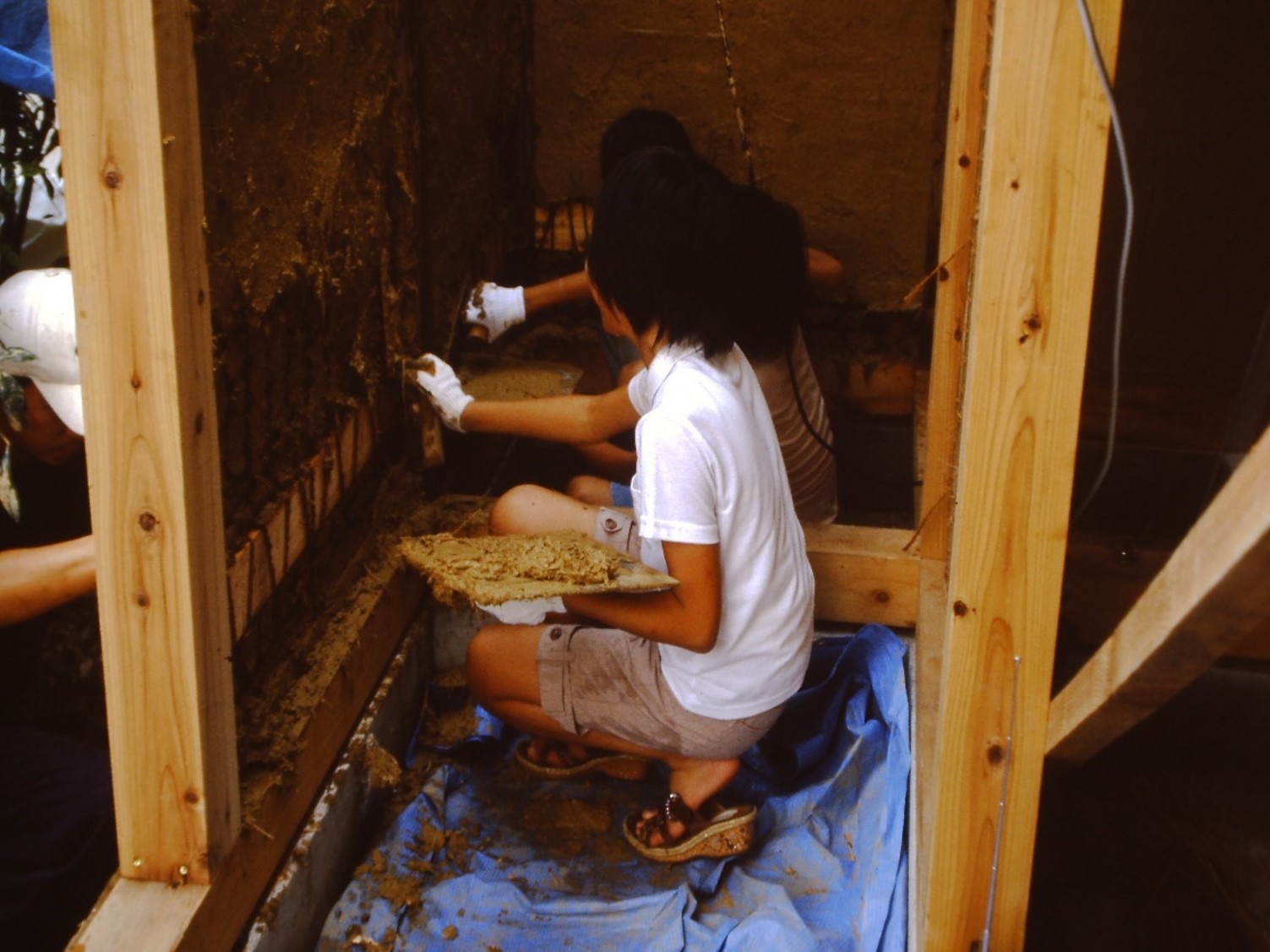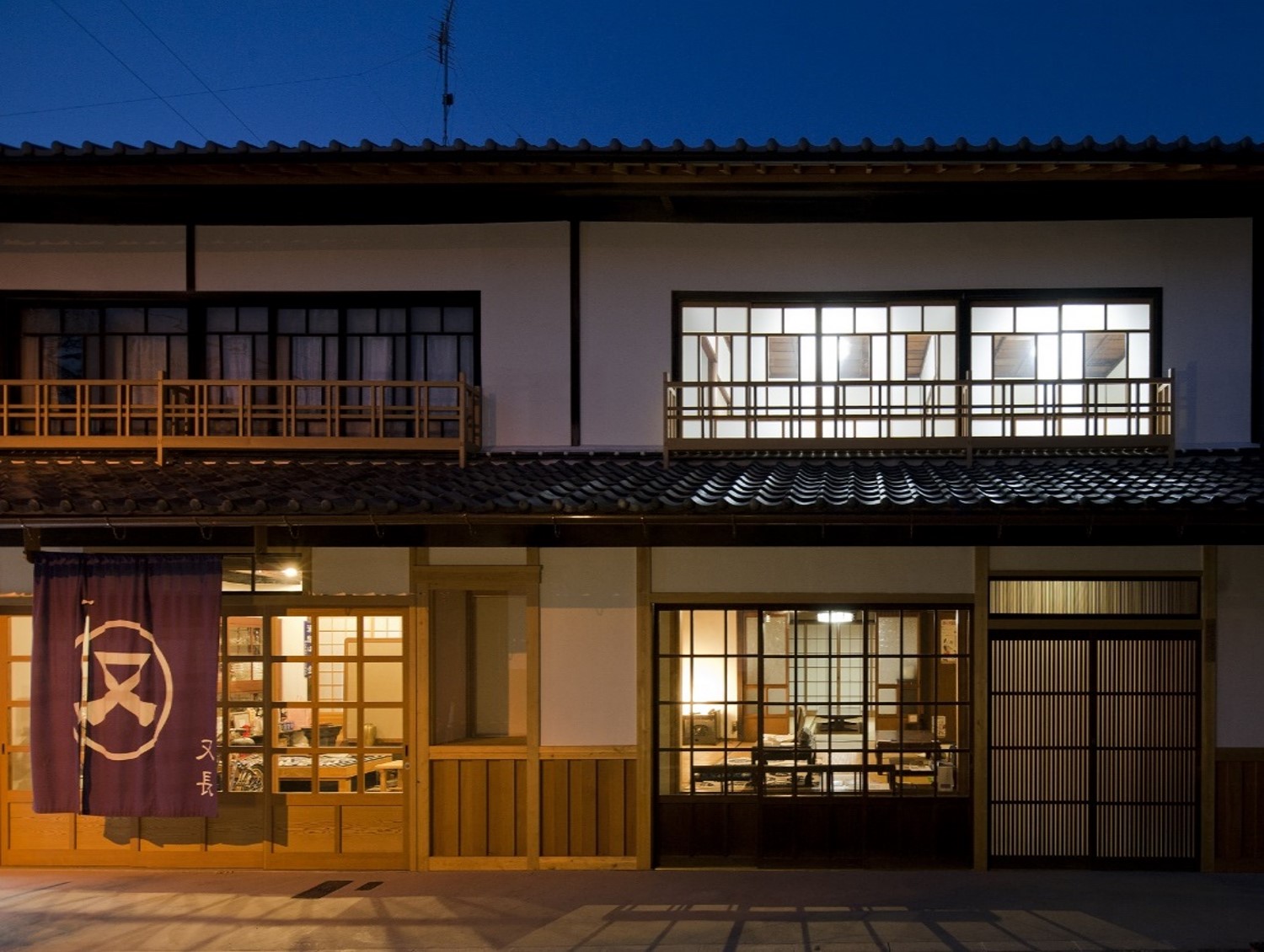SPACE September 2023 (No. 670)
The 67th Far East Architecture and City History Colloquium was held by the Far East Asia Architecture History Lab (FAHL), School of Architecture, Engineering College at Hanyang University on July 27 via Zoom. This colloquium, led by Lee Euijung (principal, Architecture Studio ONGNO), on the topic ‘Traditional Village Kurashikiʼ, focused on the formation of Kurashiki and its defining architectural characteristics as one of Japanʼs traditional villages. Lee Euijung studied his M.Arch at Kobe Design University and presented on his experience working at Kurashiki Architectural Studio (principal, Naramura Toru).
Kurashiki is a city located in the southern
part of Okayama. Storage facilities lined up along the banks of the urashiki
River, which flows through the centre of the town, form an interesting
landscape. It is interesting to note that the conservation movement behind this
village was led by civilians rather than by government bodies. Activities to
preserve the aesthetics of the village have endured from the early 1900s led by
the Ohara family, who were local leaders, and the Kurashiki City Art
Association, who led the folk art practices. The establishment of the Ohara
Museum of Art is the example of this impulse to preserve and rejuvenate. However,
with the development of maritime transportation such as the construction of the
Seto Bridge, the role of Kurashiki as a transportation hub has declined, and
the need for a regeneration of the city has become more pressing. In
particular, one street of local residents in the tourist destination district
was evidently unmanaged with vacant houses and cross sections of old buildings.
In response, the Kurashiki Architectural Studio began to investigate the
current state of neglected old houses in order to revive the village, and
formed the Kurashiki Renovation Institute to explore the reasons for this
phenomenon. They collaborated with the Machiya Trust, NPO for the village, and
with the help of the villagers set on projects to repair empty houses. As a
result, the first building they revived was transformed into a guest house, the
second into the basecamp for the Machiya Trust to lead on the local cultural
activities. Lee noted that, ‘it was a case in which the residents themselves
recognised the value of the village and confirmed the possibilities for the
independent regeneration of the region with a project linked to building
assets.ʼ
In the Q&A that followed, when asked
about how he thought the regeneration of Kurashiki was being successfully carried
out by the private sector, he said, ‘it is because there were local communities
and civil organisations that have long been established based on trust that a
culture has been cultivated wherein local people can share their stories of the
village and contemplate its future together.ʼ In a following
question concerning advice for the regeneration of cities in Korea he suggested
that, ‘even in the case of Japan, where the public sector failed in its
efforts, true regeneration emerged from the private sectorʼ, and
that, ‘even though the results today may not be positive today, it will
contribute as a lesson in creating better cities,ʼ expressing his
hopes and expectations.
by Kim Sujin

Kurashiki Renovation Institute repairing an empty house / Image courtesy of Architecture Studio ONGNO

The second building of Kurashiki Renovation Institute transformed into the basecamp for the Machiya Trust / Images courtesy of Architecture Studio ONGNO





